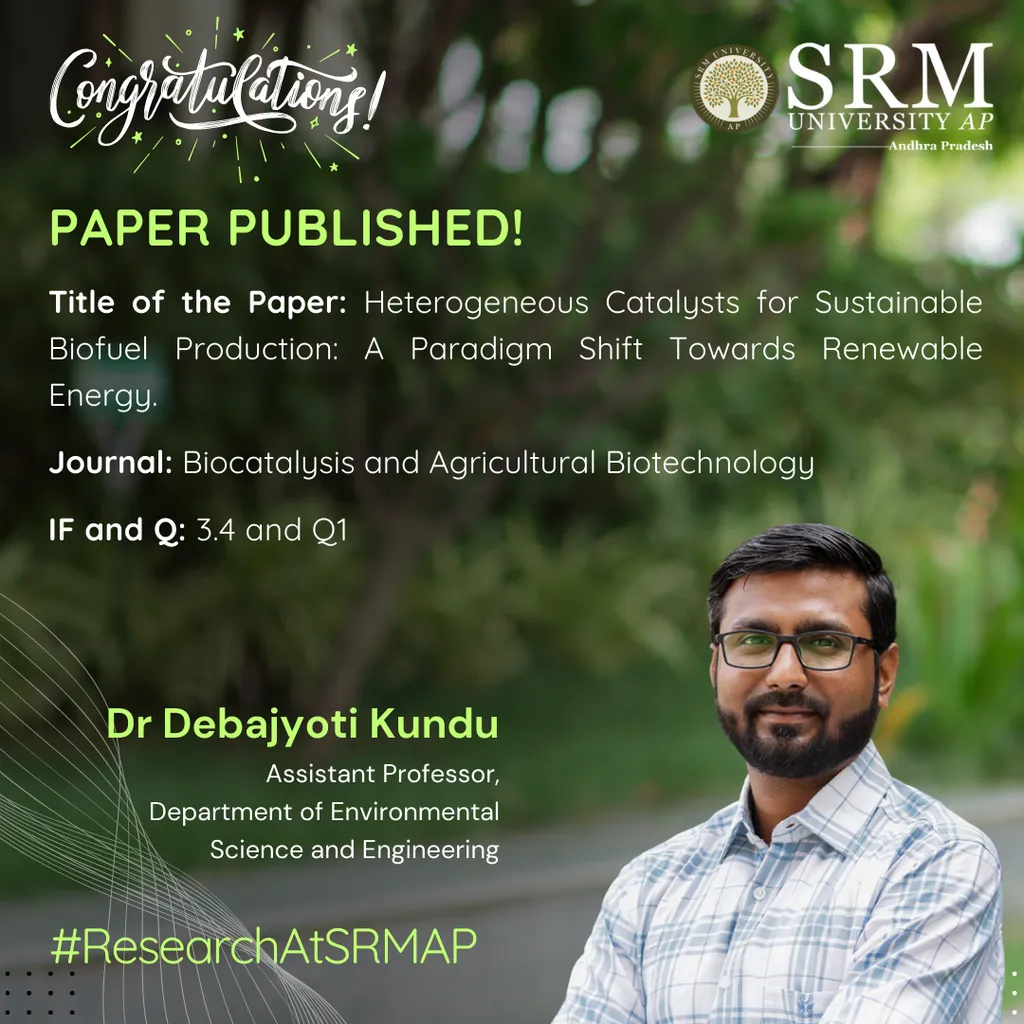In the quest for sustainable energy solutions, scientists are continually refining methods to convert lignocellulosic biomass—a promising feedstock for bioethanol production—into a more accessible resource. A recent study published in *Sustainable Chemistry for the Environment* (which translates to *Sustainable Chemistry for the Environment* in English) sheds light on the latest advancements in pretreatment methodologies, offering insights that could significantly impact the energy sector.
Led by Sana Riaz from the Department of Genetic Engineering at SRM Institute of Science and Technology in Chennai, India, the research delves into the critical role of pretreatment in breaking down biomass fibers, enhancing conversion efficiency, and reducing inhibitory compounds. “Pretreatment is a game-changer,” Riaz explains. “It modifies the biomass structure, making it more conducive to bioconversion, which is essential for improving the economic viability of bioethanol production.”
The study explores various pretreatment methods, including physical, chemical, and biological approaches, evaluating them based on economic feasibility, environmental impact, and efficiency. One of the key findings highlights the potential of emerging technologies like ultrasonication, enzymatic pretreatment, and pulsed electric fields. These methods not only reduce lignin content and cellulose crystallinity but also minimize energy consumption during pretreatment.
“By refining these methods, we can make bioethanol production more sustainable and cost-effective,” Riaz notes. “This is crucial for the energy sector, as it aligns with circular economy principles and enhances energy security.”
The research also underscores the importance of integrating machine learning and techno-economic analyses to optimize pretreatment processes. This interdisciplinary approach could pave the way for more efficient and environmentally friendly bioethanol production, ultimately shaping the future of the energy sector.
As the world continues to seek sustainable energy solutions, this study offers a glimpse into the innovative methodologies that could drive the next wave of advancements in biomass conversion. With further research and development, these pretreatment methods could become a cornerstone of the bioethanol industry, contributing to a greener and more secure energy future.

